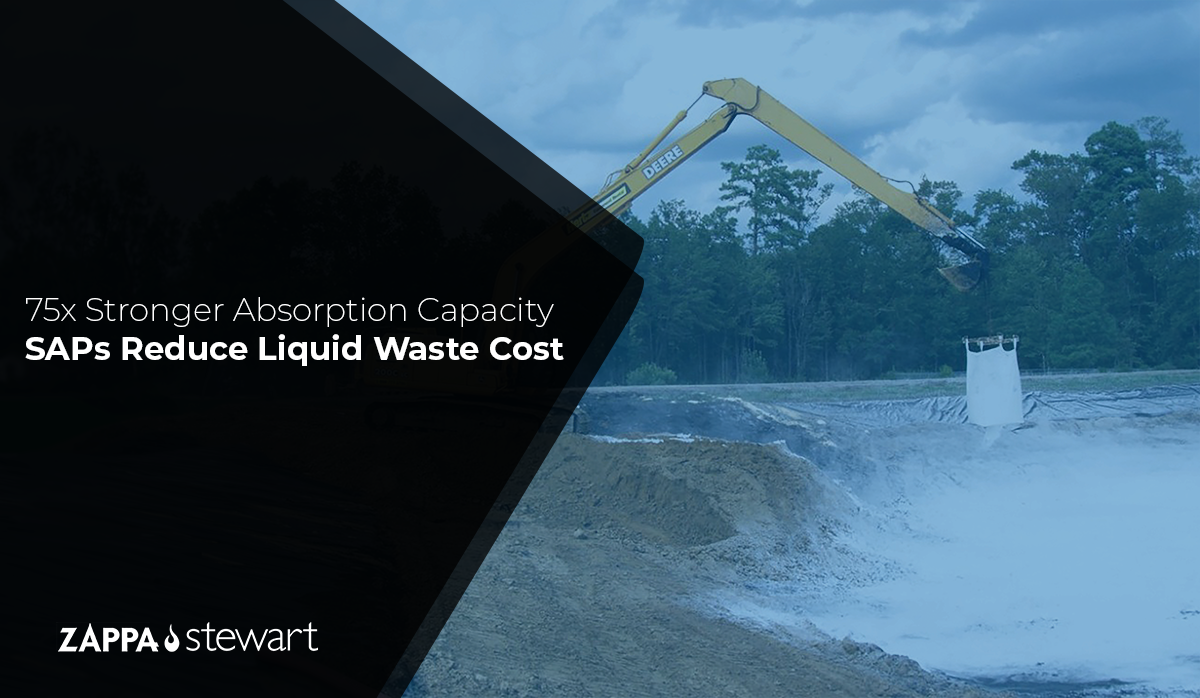Liquid waste presents several challenges for many industrial processes. Liquids are difficult to transport, liquids contaminate work areas and environmental receptors, and most landfills do not accept liquids. On-site solidification with superabsorbent polymers (SAPs) offers the most rapid, safest, and, in most cases, most cost-efficient method for transforming difficult-to-manage liquid wastes into easily managed solid waste.









